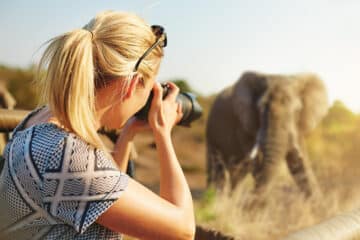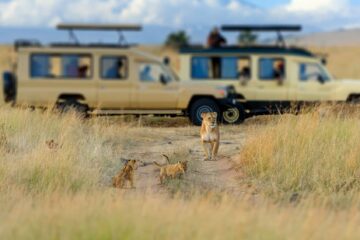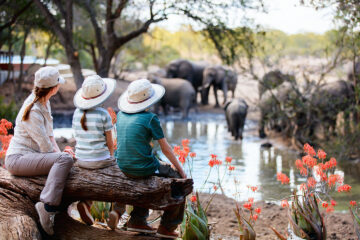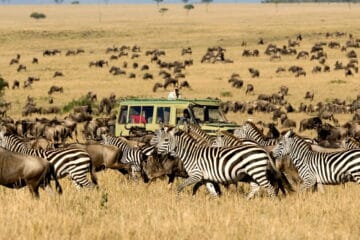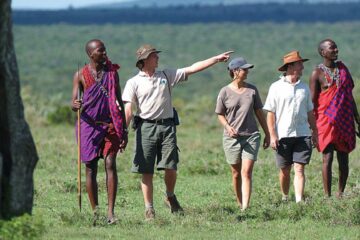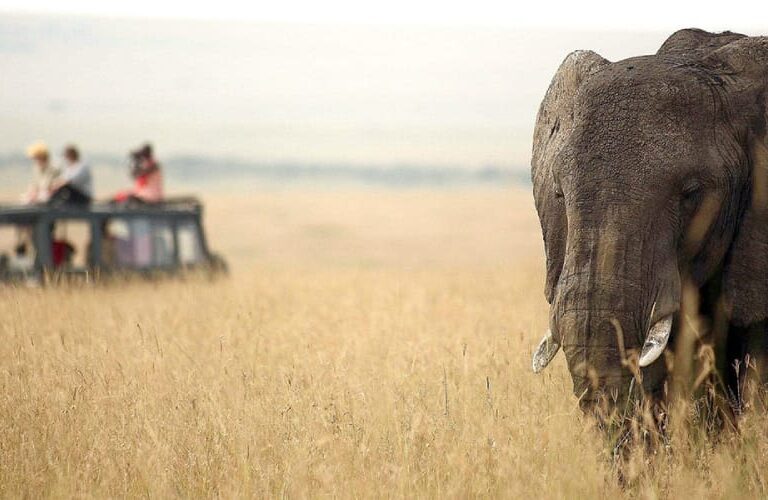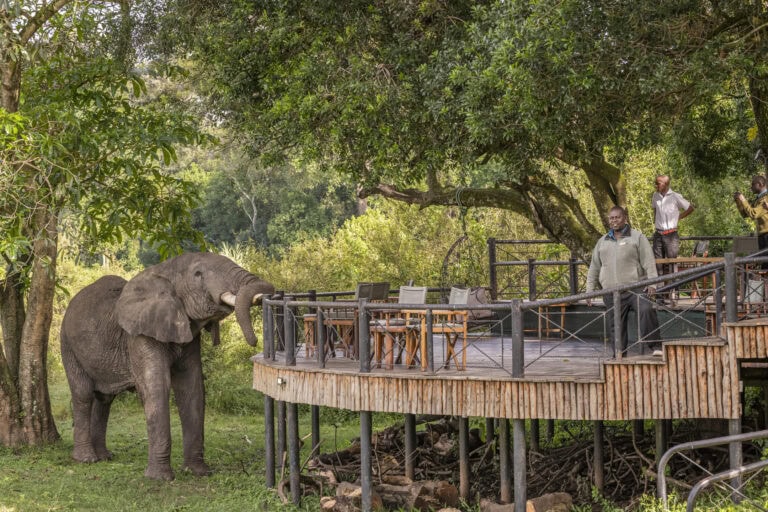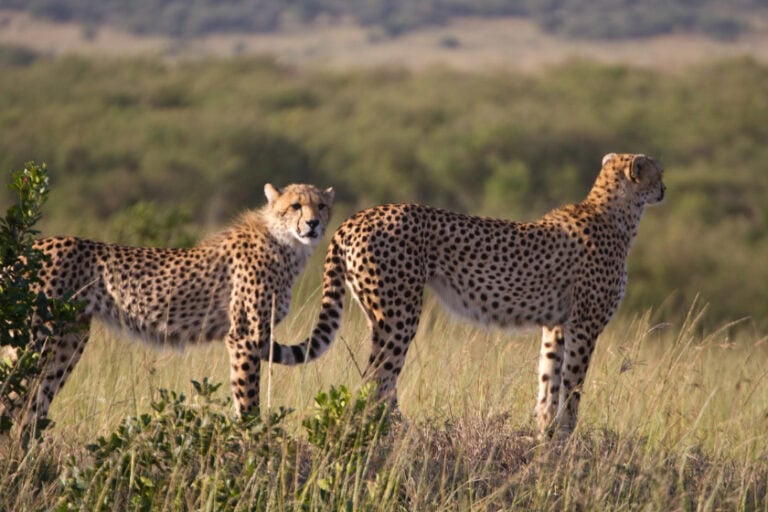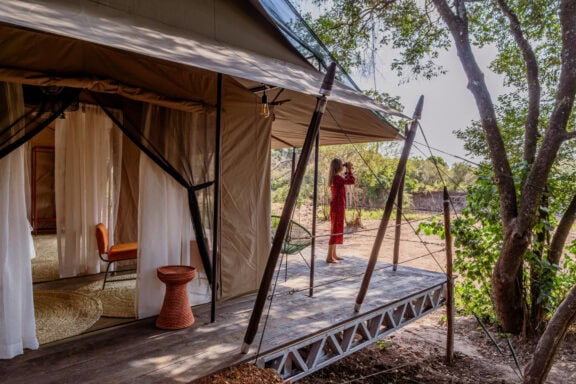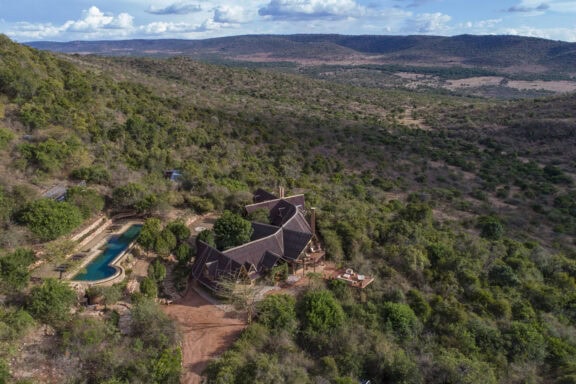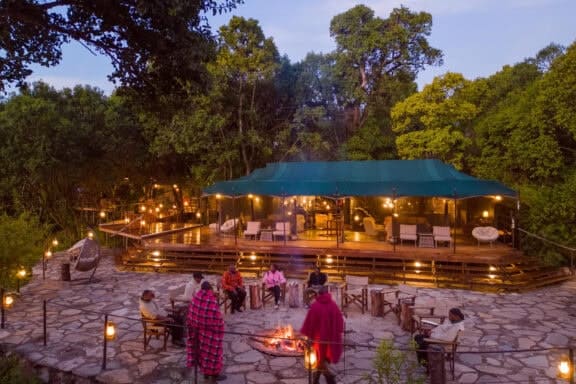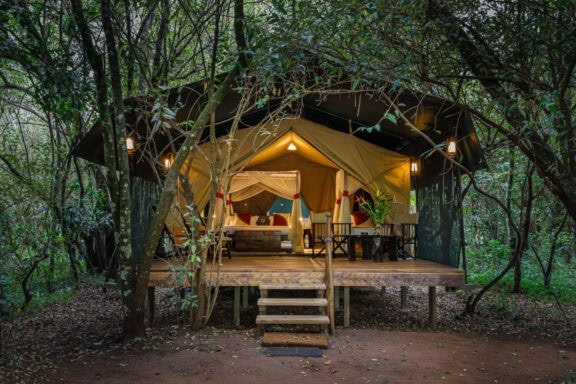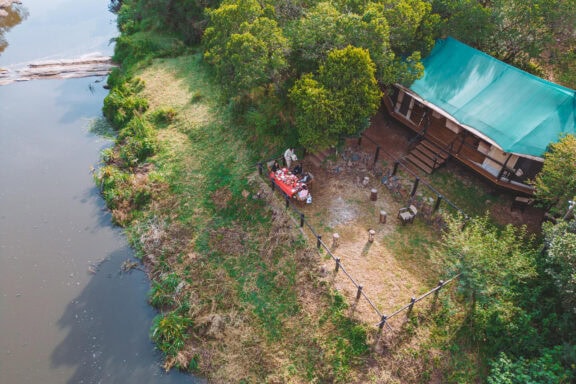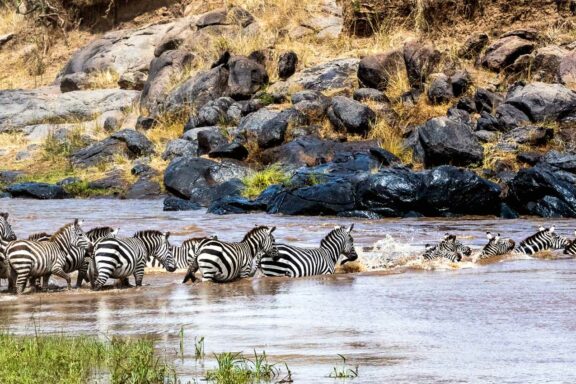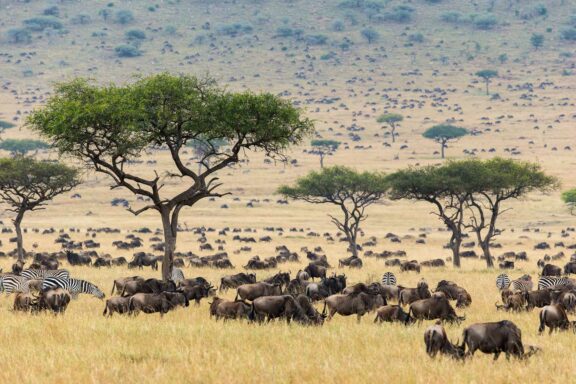Alongside the Serengeti, the Masai Mara is one of Africa’s quintessential safari destinations. Each dawn, “the Mara” awakens in a golden haze to the distant sound of hooves rumbling across the plains as thousands of wildebeest take part in their Great Migration. The scent of the earth is rich and warm, carried on a breeze that whispers through the acacia trees and over churning, crocodile-infested waters.
Here, the land stretches as far as the eye can see, dotted with lions basking in the morning sun, giraffes moving gracefully against the horizon, and Maasai warriors standing watch over their herds. It’s a panorama like no other, perfectly capturing the sheer vastness and undomesticated nature of Africa’s wildest areas.
In the Masai Mara, nature moves to an ancient rhythm that’s raw, untamed, and utterly mesmerising. This is a land where legends are born, where every sunrise brings a new story, and where the wild heart of Africa beats the strongest, all under the watchful eye of what is arguably Africa’s most recognisable ethnic group.






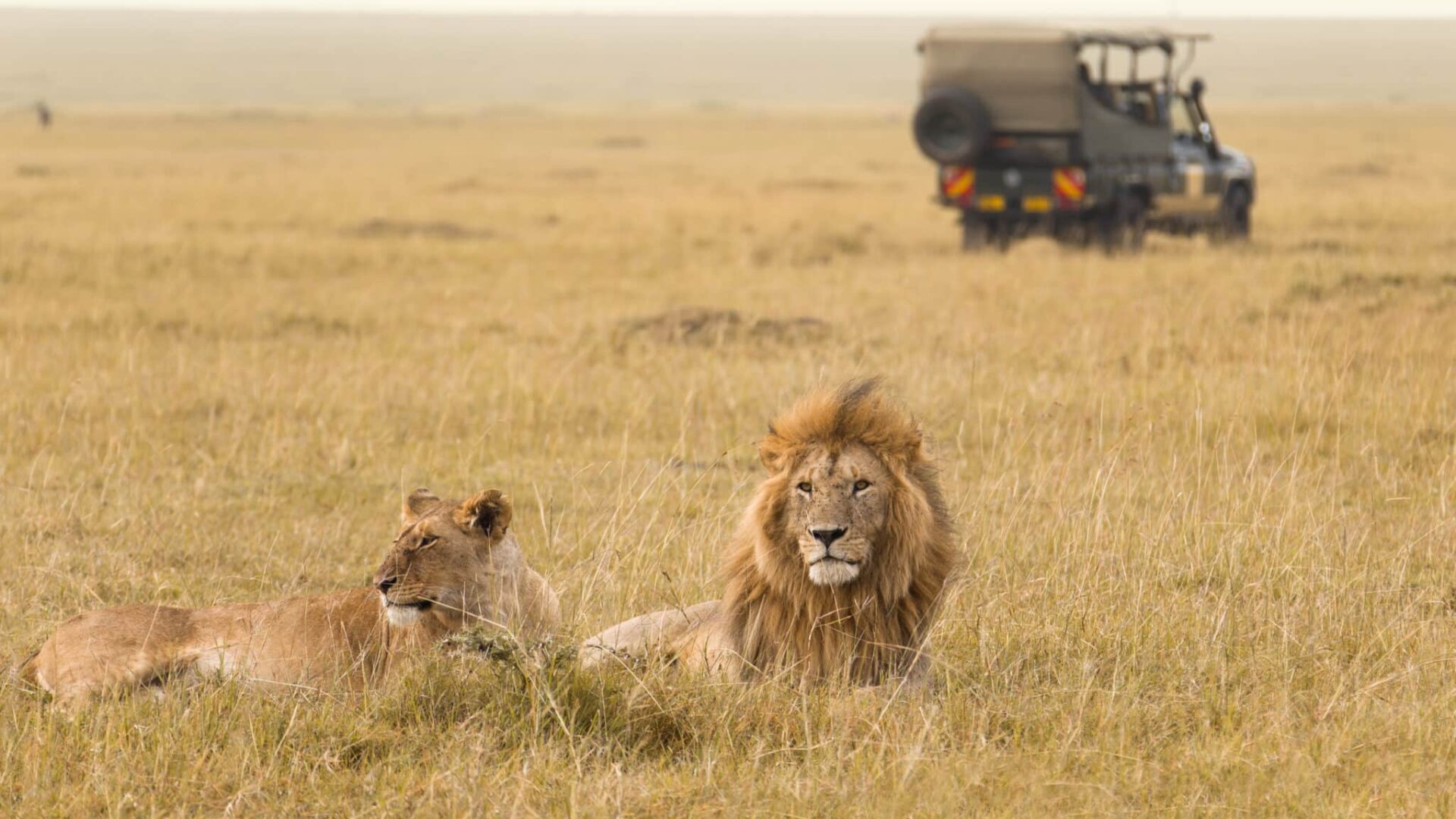



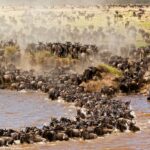
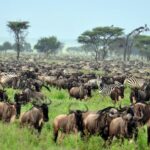
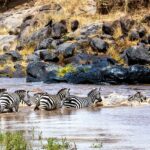
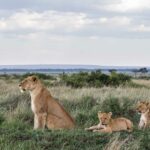
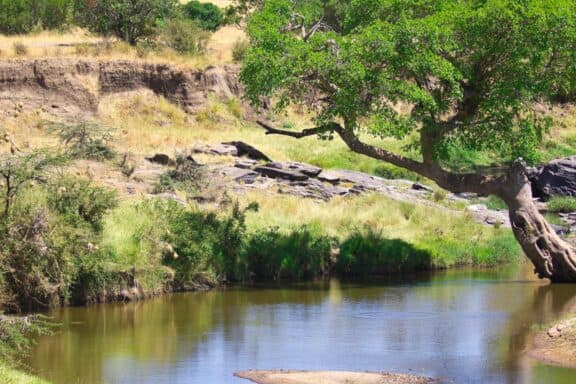
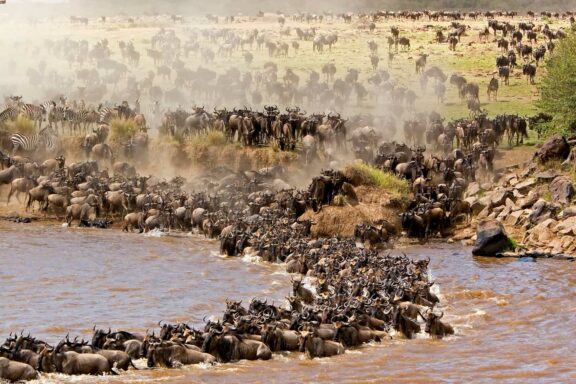
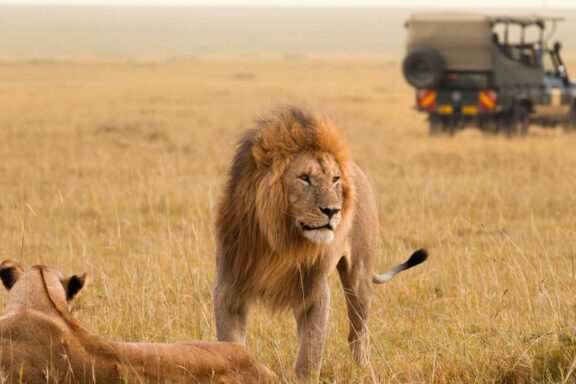
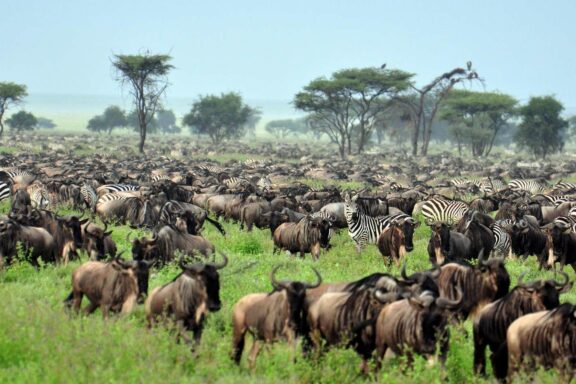
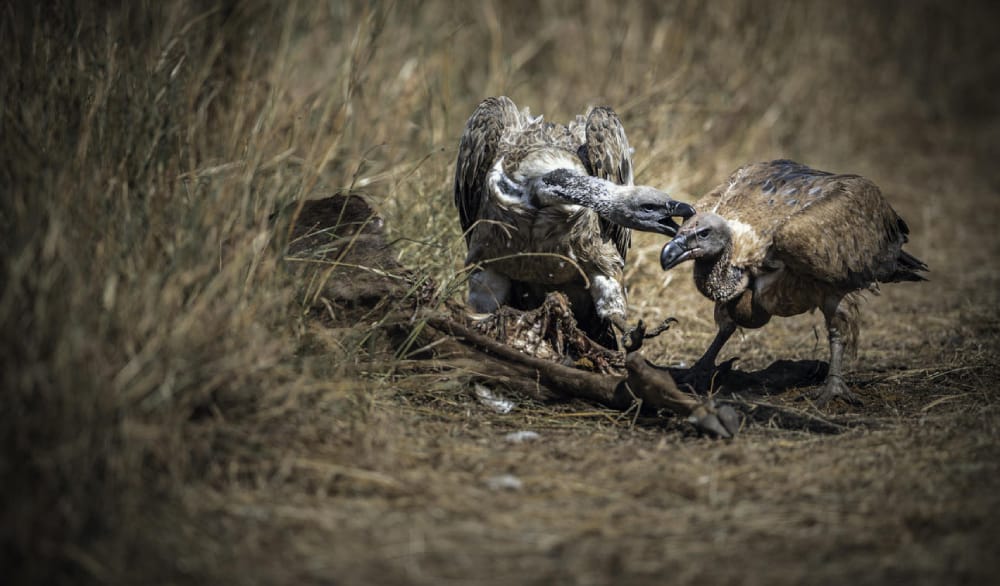
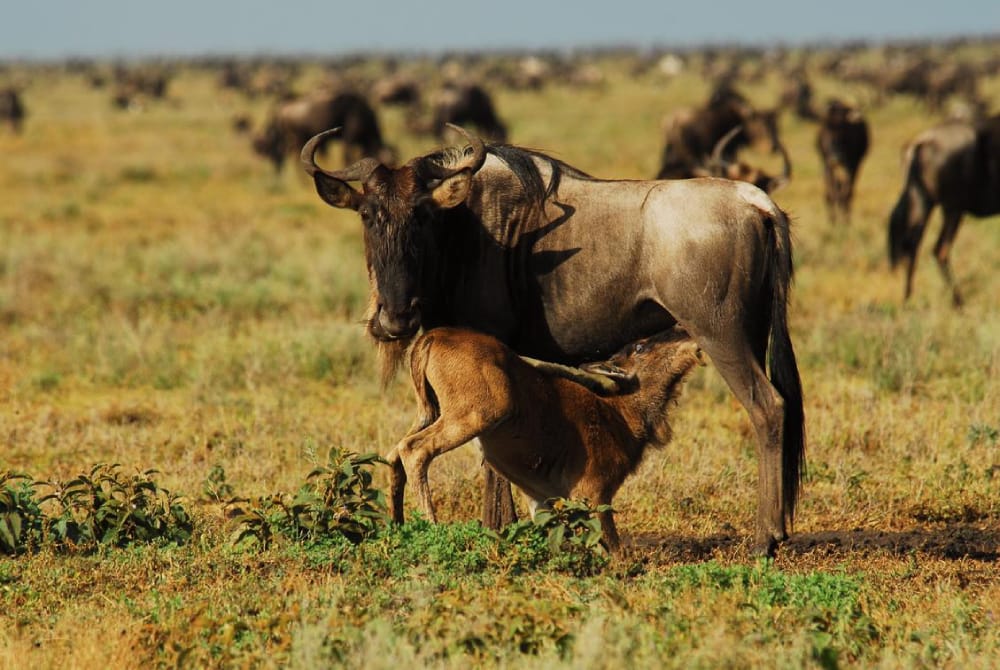
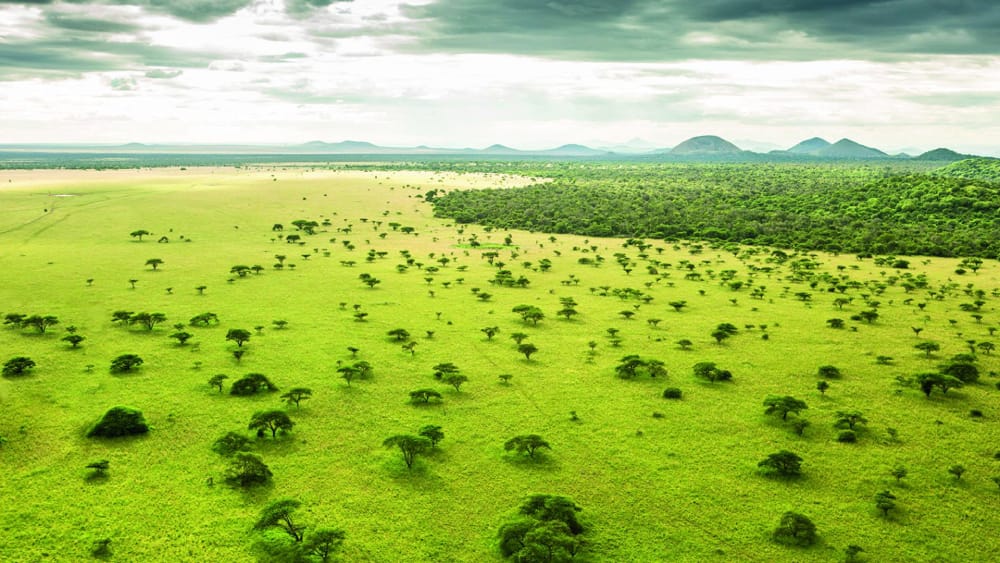
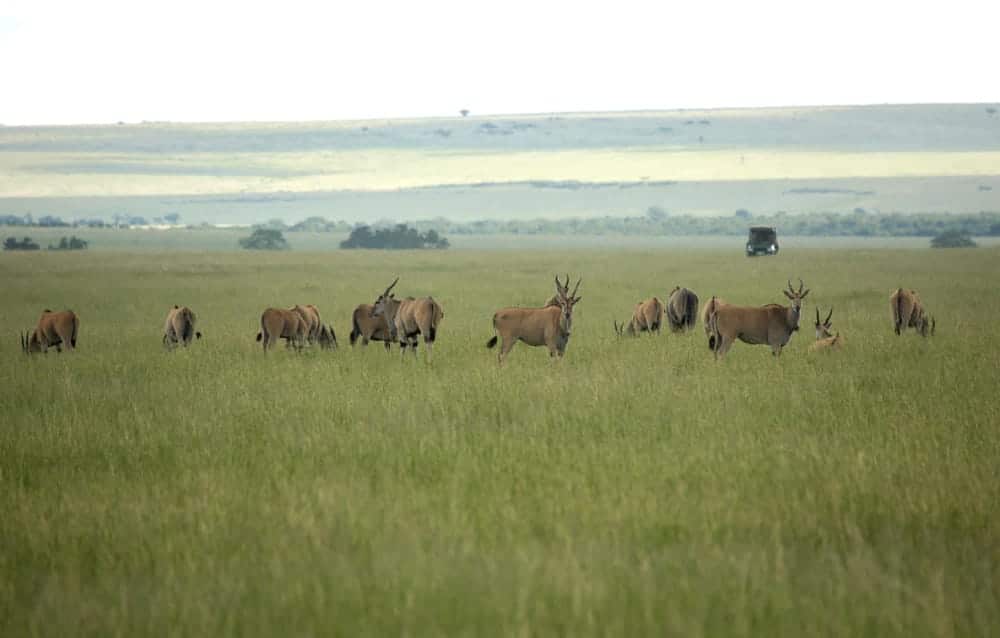 Credit: Mara Expedition Camp
Credit: Mara Expedition Camp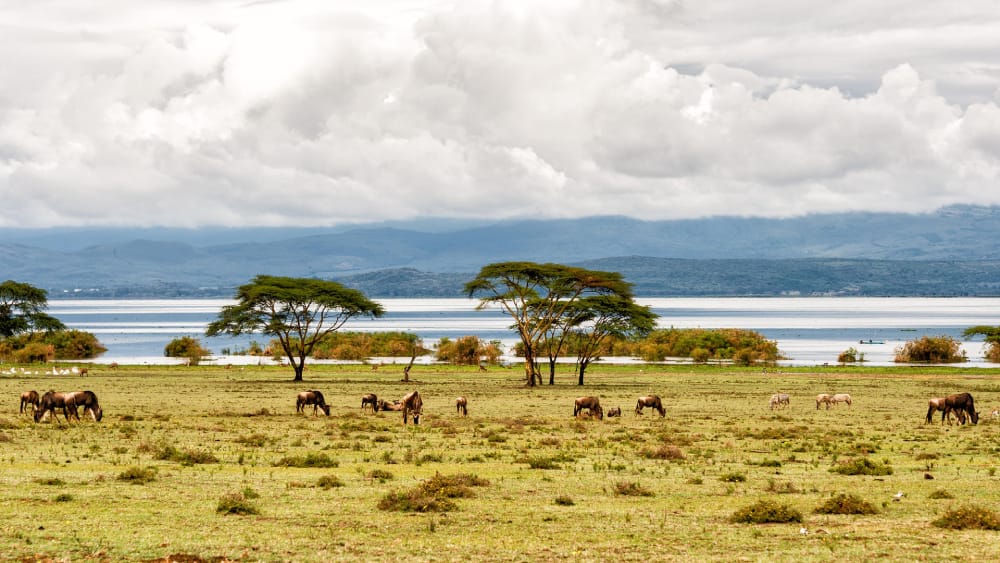
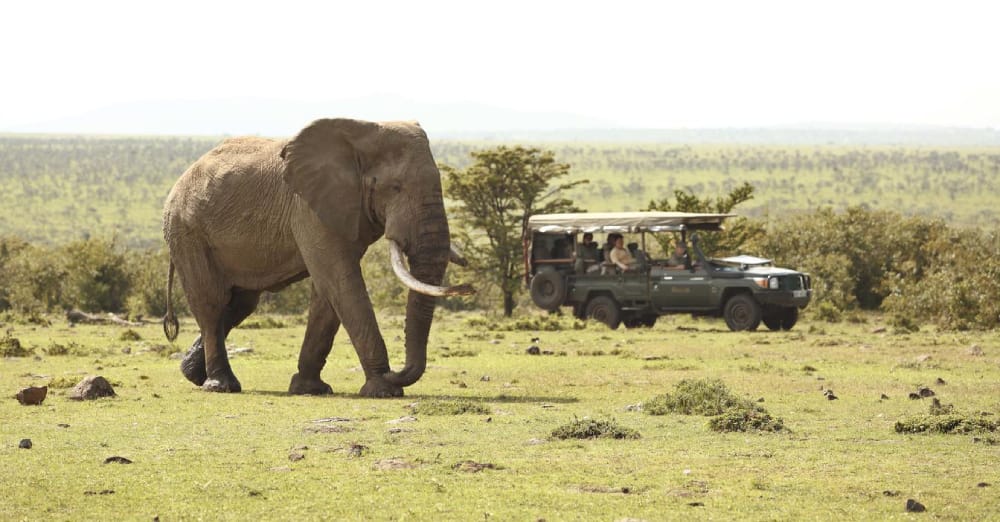
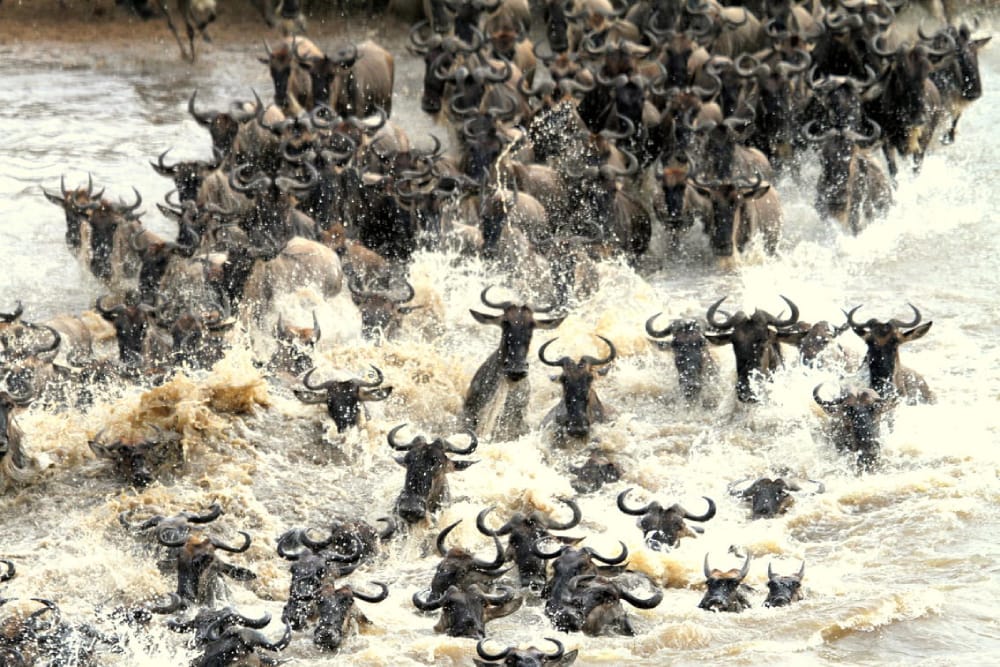
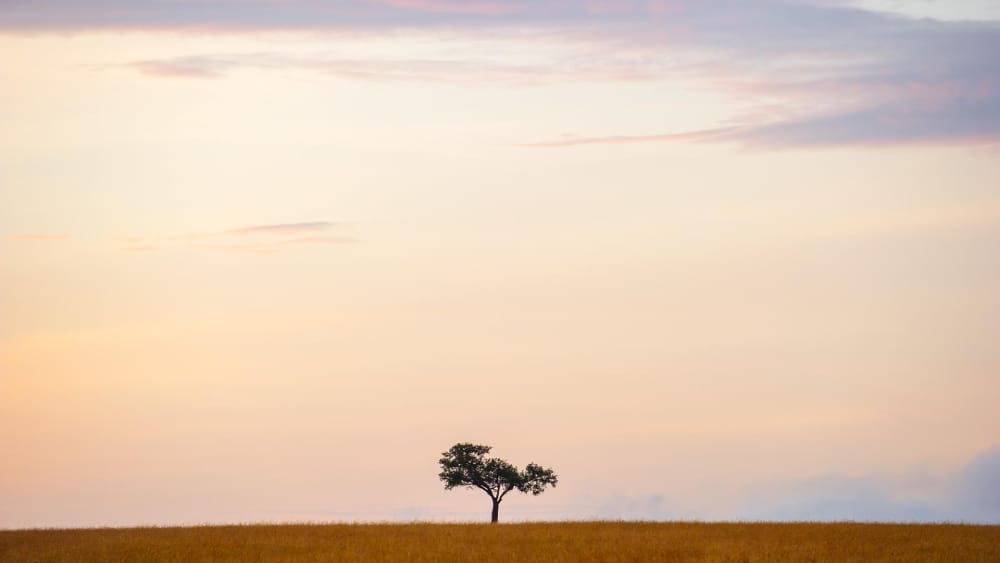 Credit: Mara River Kati Kati
Credit: Mara River Kati Kati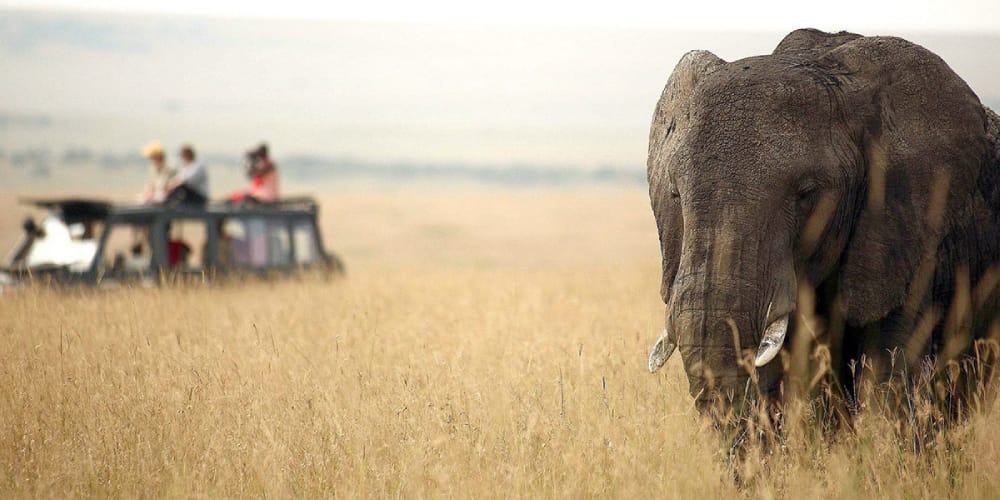
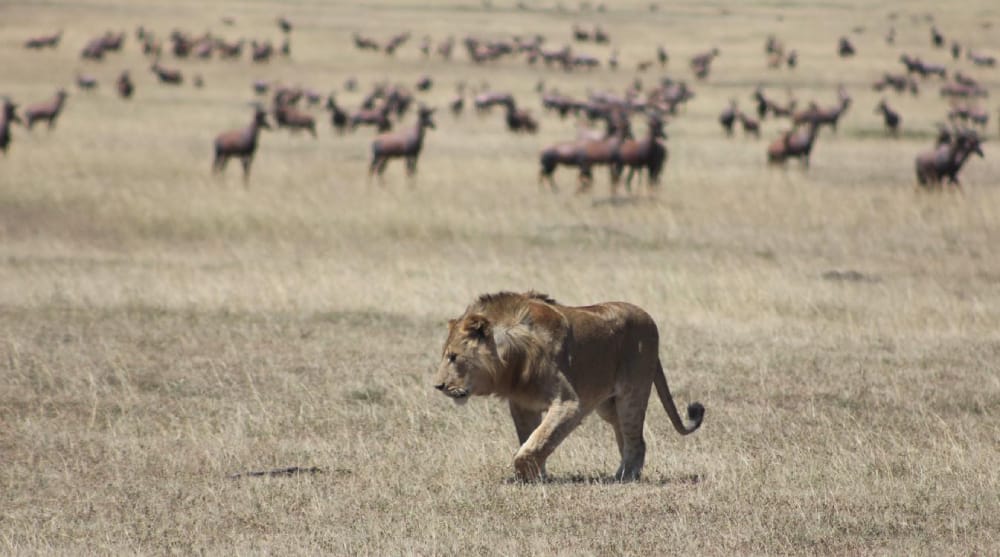
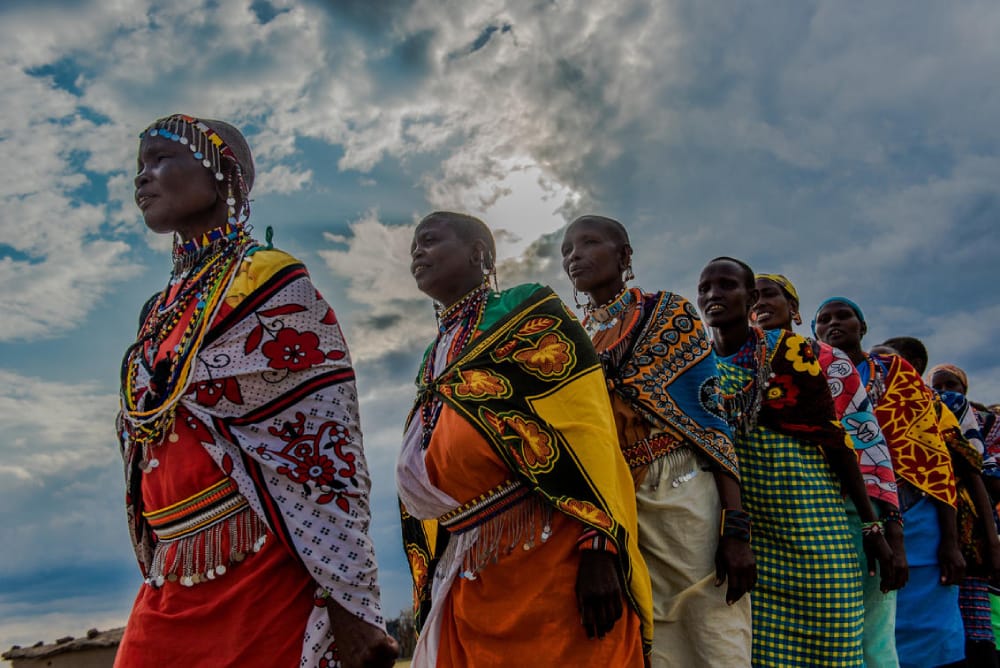 Credit: Ol Seki Hemingways
Credit: Ol Seki Hemingways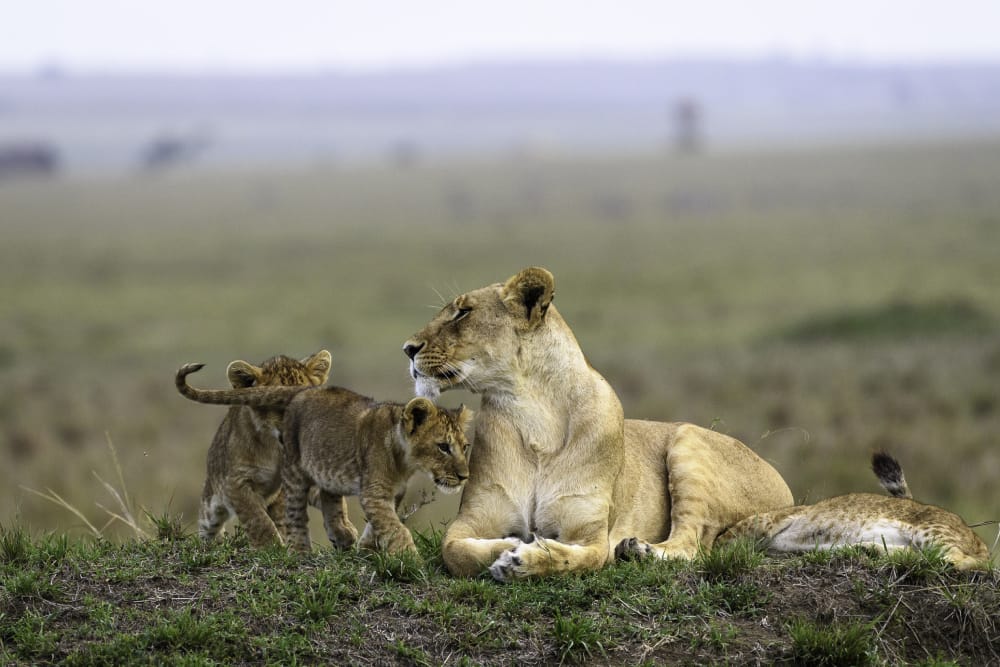 Credit: Governor’s Il Moran Camp
Credit: Governor’s Il Moran Camp